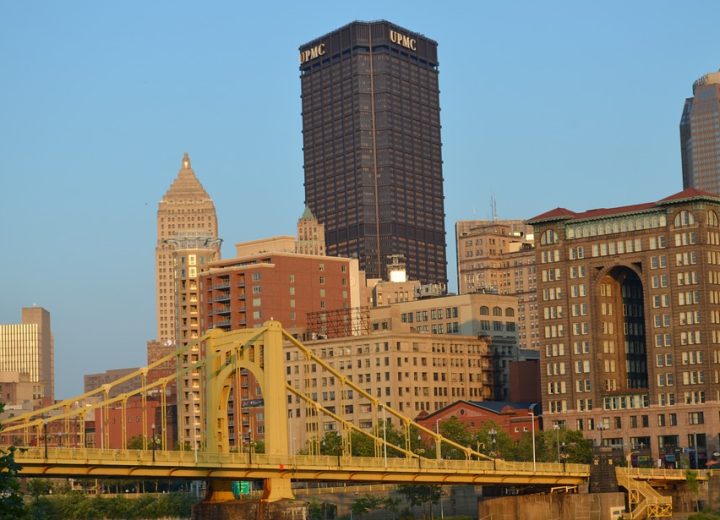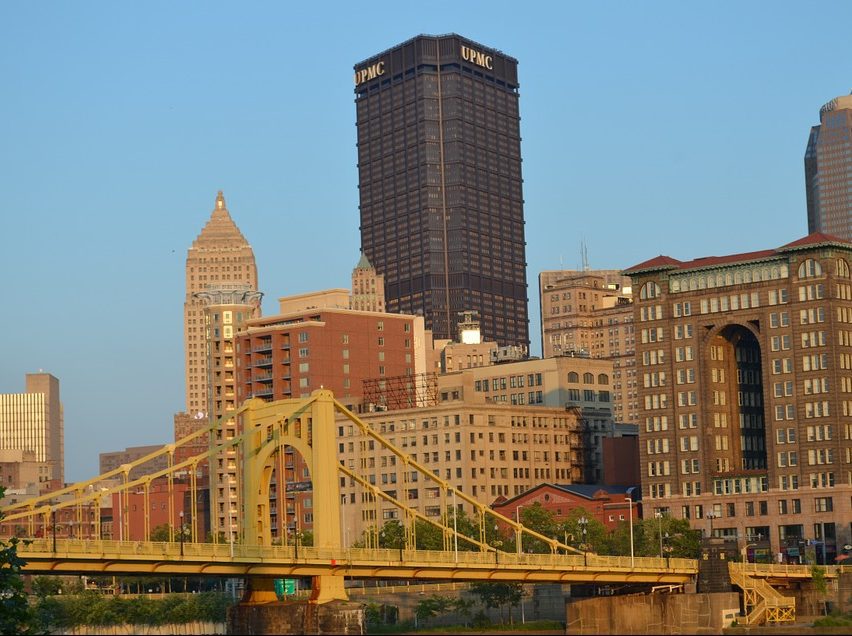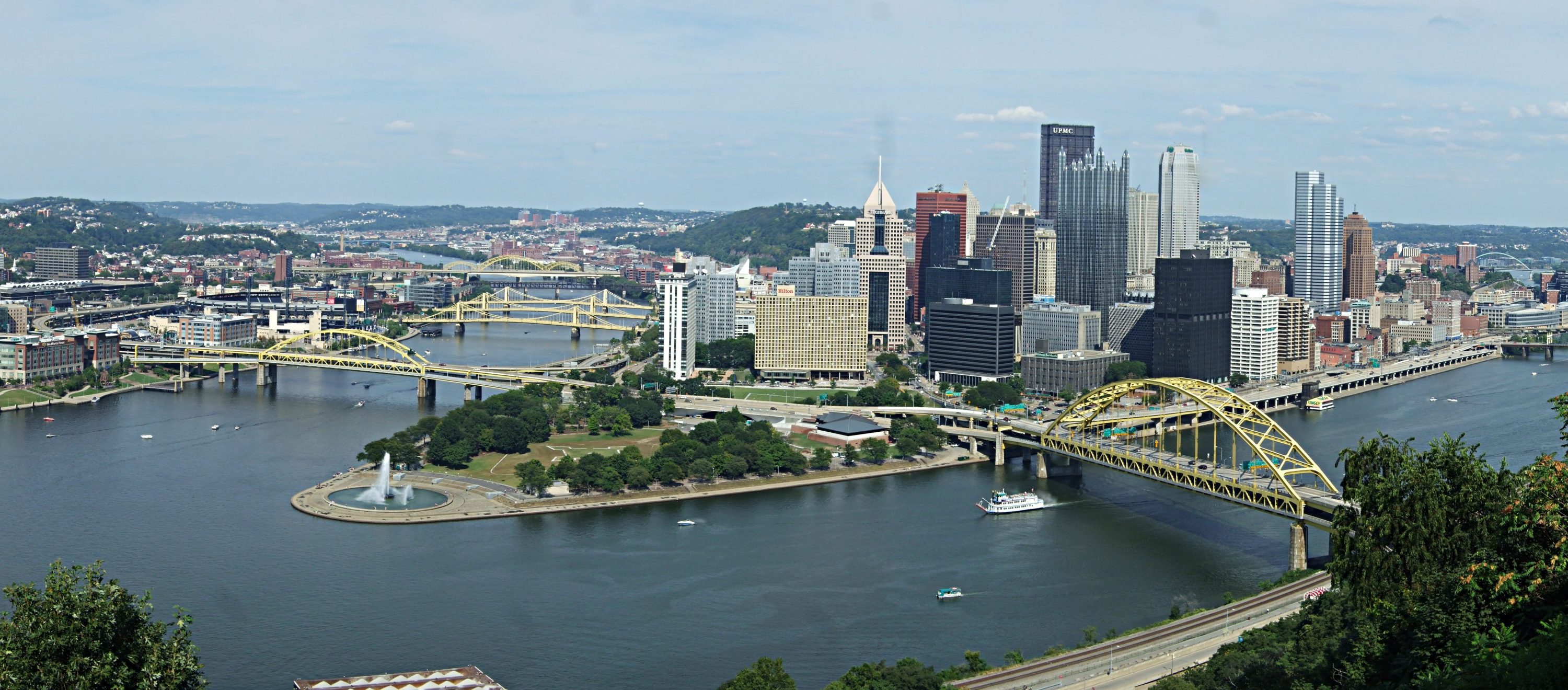Pittsburgh Enacts Property Maintenance Code
Following on the heels of similar facade ordinances in cities across the country, Pittsburgh, Pennsylvania adopted the Property Maintenance Code of the City of Pittsburgh in June 2004. Here is what building owners, managers, and design professionals need to know to comply with the regulation.
What the Property Maintenance Code Means for Pittsburgh Building Owners
Based on the 2003 edition of the International Property Maintenance Code (IPMC) from the International Code Council, the Property Maintenance Code of the City of Pittsburgh institutes periodic facade inspection requirements along the lines of those found in other major municipalities, such as New York and Boston, in the interest of protecting the public from the hazards of derelict and ill-maintained structures.
For those considering purchasing a commercial property in the city of Pittsburgh, or for those who already own or manage buildings within the city limits, it is important to understand the requirements of the code and to clarify the responsibilities of owners in maintaining facade features and retaining licensed professionals to inspect building conditions and prepare reports.
Who Conducts and Reviews the Inspections?
The Pittsburgh Code of Ordinances establishes the Bureau of Building Inspection (BBI) as the code official in charge of Property Maintenance Code implementation (Title Ten, Chapter 1004: International Property Maintenance Code Adoption). In 2014, Mayor William Peduto and the Pittsburgh City Council announced that the new Department of Permits, Licenses & Inspections (PLI, http://pittsburghpa.gov/pli/) would assume leadership of the former BBI responsibilities in Property Maintenance Code administration.
A “licensed professional engineer or registered architect” must be retained to conduct the inspections, and “reports shall bear their signature and seal.”


